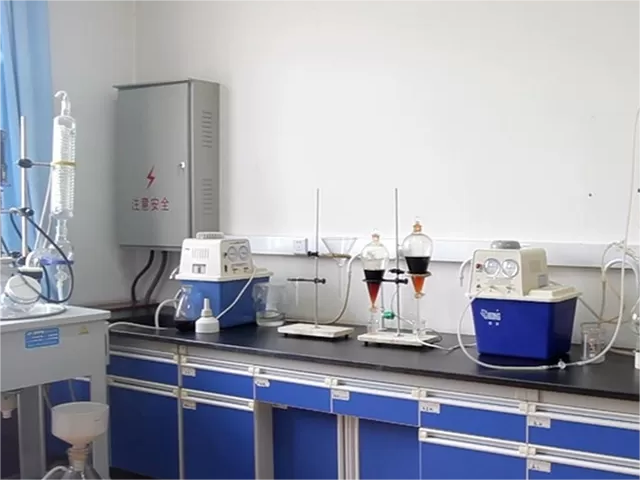Turpentine derivatives are used in a wide range of applications. They are a group of chemical compounds derived from turpentine, a natural resinous substance obtained from various species of pine trees. It is extracted through the distillation of oleoresin, a sticky substance in the pine tree’s bark. The common turpentine derivatives include camphor, resin acids, terpineol, pine oil, etc.
Today, we dig deeper into turpentine derivatives by exploring various aspects. We will examine their extraction and production, industrial applications, medicinal uses, environmental impact, and significance in art and craftsmanship.

Five Facts About Turpentine Derivatives
The primary chemical component of turpentine is pinene, but it also contains other terpenes and hydrocarbons. They are used to create different derivatives for specific uses. Here are five things you need to know about such products.
1. Extraction and Production of Turpentine Derivatives
Turpentine is extracted through tapping. When you make a V-shaped cut of the pine tree’s bark, the oleoresin will flow out, and then you get the turpentine.
The oleoresin is then collected and taken through steam distillation, separating the volatile compounds from the non-volatile ones. The volatile portion, mainly pinene, is further processed and refined to produce turpentine derivatives like alpha-pinene, beta-pinene, and camphene.
2. Industrial Applications of Turpentine Derivatives
Turpentine derivatives have a wide range of industrial applications. They are used as solvents in various industries, including paint, varnish, and adhesive manufacturing.
The solvents help disperse pigments and resins, making them essential for producing paints and coatings. Also, turpentine derivatives are very useful in the fragrance and flavor industry and in producing synthetic rubber and resins.
3. Medicinal and Health Uses of Turpentine Derivatives
Turpentine was used largely for medicinal purposes for a very long time. However, its internal use has been discontinued mainly due to safety concerns.
Nevertheless, some turpentine derivatives, such as alpha-pinene, have shown potential health benefits. Alpha-pinene shows anti-inflammatory and antimicrobial properties. Scientists are also researching its potential applications in aromatherapy and traditional medicine practices.
4. Environmental Impact and Sustainability of Turpentine Derivatives
Unsustainable management in the production of turpentine derivatives can have environmental implications. For instance, over-tapping pine trees for turpentine extraction can damage the trees, affecting their health.
However, sustainable practices, such as tapping methods that allow trees to recover and replanting initiatives, can help mitigate environmental impact. In addition, using turpentine derivatives as bio-based solvents is gaining attention as a more eco-friendly alternative to petroleum-derived solvents.
5. Turpentine Derivatives in Art and Craftsmanship
Turpentine has been a staple in art and craftsmanship for centuries. Artists use turpentine as a solvent for oil-based paints and to clean their brushes.
Turpentine derivatives help thin paint, making it easier to apply, and it can also be used to create various painting techniques. Additionally, they are used in traditional woodworking, as they aid in dissolving resins and varnishes while acting as an effective wood finisher.

Turpentine Derivatives from Linxing Pine Chemicals
Are you looking for the best turpentine derivatives? Consider Linxing Pine Chemicals. We are one of the most experienced and trusted manufacturers today.
Terpinolene, for instance, is among the best-selling products in our company. Thanks to its unique properties, this turpentine deep processing product finds wide application in different industries. The cosmetics and personal care industry has majorly benefited from this natural derivative. It has a fresh citrus-like odor, making it perfect for this industry.
Aside from that, it’s also widely used in the flavor and fragrance industry, the electronics sector, and the pharmaceutical industry. It’s, therefore, an excellent choice for any market requiring its application.

Conclusion
There are so many things you may want to know about turpentine derivatives. Apart from the above, researchers are exploring innovative ways to utilize turpentine deep processing product solutions, such as alpha-pinene and beta-pinene. They are set for use in eco-friendly solvents for the paint and coating industry, aiming to reduce the environmental impact of traditional solvent-based formulations.
But most important is the sourcing of turpentine derivatives. And that is where Linxing Pine Chemicals come in. Its excellent geographical location allows it access to high-quality raw materials to produce premium-grade products. Try them out today.

